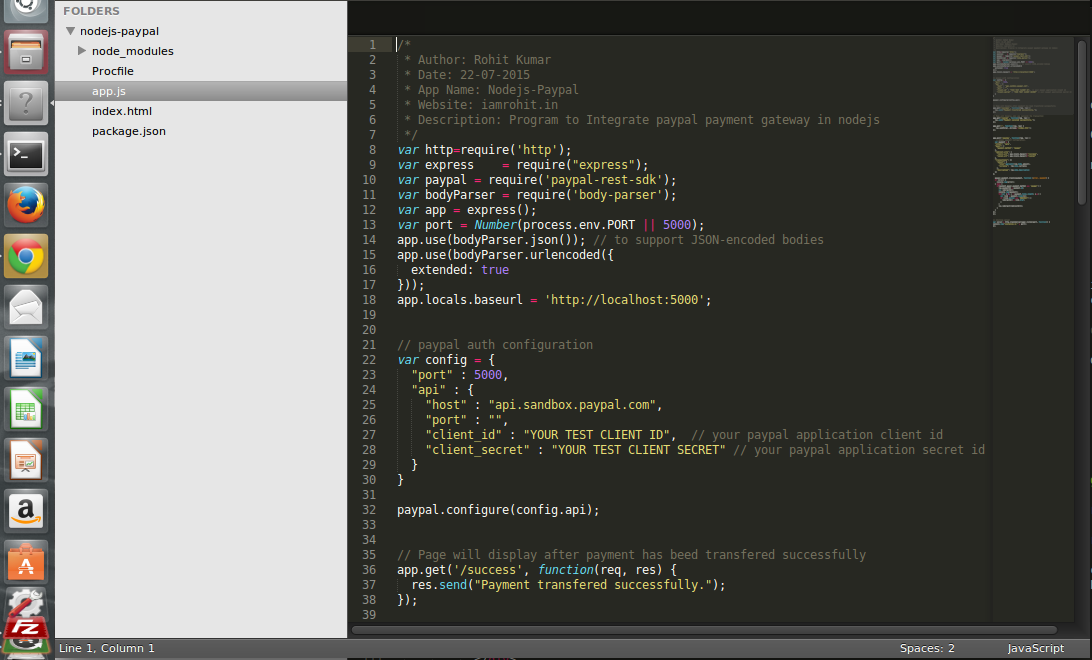
#How to download sublime in terminal install
Finally check updates and install sublime-text via your system package manager: 2. When it opens, run command to install the key. We'll configure Sublime more in the next few sections. Install Sublime Text 3 via the official apt repository: Open terminal via Ctrl+Alt+T or by searching for Terminal from desktop app launcher. Now you can open a file with $ subl myfile.py or start a new project in the current directory with $ subl. Let's create a shortcut so we can launch Sublime Text from the command-line: $ ln -s /Applications/Sublime\ Text.app/Contents/SharedSupport/bin/subl /usr/local/bin/subl If you can afford it, It is adviced that you support this awesome tool. Anyhow, we're going to be using it so much that even the seemingly expensive $60 price tag is worth every penny. Sublime Text is not free, but it has an unlimited "evaluation period". To do so, right-click on the running application and select Options > Keep in Dock. Take note the exact name of your Sublime Text installation.

Now find Sublime Text and note the exact name.

Open Finder and select Applications on the left hand side. Note: At this point I'm going to create a shorcut on the OS X Dock for both for Sublime Text and iTerm. Now that you have that installed, go into your Finder and find the Sublime Text application in the Applications folder. dmg file, drag-and-drop in the Applications folder, you know the drill now. Everyone has their preferences, but unless you're a hardcore Vim) user, a lot of people are going to tell you that Sublime Text is currently the best one out there. With the terminal, the text editor is a developer's most important tool.


 0 kommentar(er)
0 kommentar(er)
